A consistent yoga practice can offer the lean, toned arms you’re looking for. But, it’s much more of a marathon than a sprint. If you’re ready to work for a strong upper body it’s all about spending time in these yoga plank variations. Learn more about each of these yoga poses that strengthen your upper body, and start incorporating them into your daily routine.
Straight-Arm Plank
Straight-Arm Plank works the whole body, and Kate is a huge fan! If your upper body isn’t ready to hold the full extension of this plank (yet!), simply drop both knees to the floor. This way, you can concentrate on holding the weight of your body with your arms as well as your core.
- Start resting on all fours.
- With your palms flat, rise up off your knees and onto your toes. Keep your hands directly below your shoulders.
- Contract your abs to keep yourself up and prevent your bottom from sticking up. Remember to keep your belly button pulled in.
- With your head and spine in line, keep your back flat — don’t let it curve. Picture your body as a long, straight board.
- Hold for at least 10 seconds. Aim for 20 to 30 seconds in the beginning, and work your way up to one minute as you get stronger.
Dolphin Plank Pose
Performing Plank with correct alignment, though, can be nearly impossible for those with wrist pain or carpal tunnel syndrome. This variation, called “Dolphin Plank,” is done on the forearms, which takes the pressure off the wrists while providing all of the benefits of Plank Pose. This pose strengthens the arms, legs, and core muscles, including the abdomen, chest, and low back. It also strengthens the muscles around the spine, which helps to improve posture. In addition, Dolphin Plank stretches the shoulders, hamstrings, calves, and feet.
- Begin on your hands and knees. Align your wrists directly under your shoulders, and your knees under your hips. Lower your elbows to the floor directly beneath your shoulders. Keep your forearms parallel to each other and to the side edges of your mat.
- Tuck your toes and step back with your feet, bringing your body and head into one straight line. Align your heels over your toes.
- Keep your thighs lifted and take care not to let your hips sink too low. Align your body so your shoulders are directly above your elbows.
- Contract your abdominal and draw your pelvic floor muscles toward your spine.
- Press the front of your thighs up toward the ceiling while lengthening your tailbone toward your heels.
- Hold the pose while breathing smoothly for five breaths – or up to 5 minutes if advanced. To release the pose, slowly lower onto your knees, then press back into Child’s Pose and rest. Repeat up to 10 times.
Beginner’s Sage
Your whole body will feel the burn in Beginner’s Sage (also known as Side Plank), so get ready to breathe deep! Kate’s a big fan of this arm-activating and balance-challenging posture.
- Begin in a Straight-Arm Plank. Roll over to your left side, and plant your left heel down so you are balancing on the outside edge of your left foot. Stack your right foot on top of your left, flexing both feet. If this is too hard, bend your right knee and place your right foot flat on the ground in front of your left leg for support.
- Reach your right arm up, and gaze at your palm. Stay for five deep breaths, trying to keep your core strong and the pose steady.
- Repeat on the other side for another five breaths.
Four-Limbed Staff
The the Four-Limbed Staff (also called Chaturanga Dandasana) is a beginner pose. It’s very much like a push-up, without the upward pumping of your arms. It works your upper body and abdominals by placing your body weight in your hands and feet. This move is an important preparatory pose for doing handstands.
- Lie down on your stomach.
- Bend the elbows and place your palms underneath your shoulders. Keep the hands at shoulder length and the feet should be one hip apart.
- Engage your abdominals as you lift the whole body off the floor so that the weight is evenly distributed on you hands and feet (just imagine that you’re doing a reverse push-up)
- Keep the whole body straight and the chest in between the thumbs.
- Don’t lift your buttocks too high.
- Keep the elbows close to your body
- Hold for 5-10 breaths
Half Frog
Push yourself to your limits and try out the Half-frog pose! It is one of the poses that can improve your back flexibility, opens your shoulders and chest area, stimulates the energy within you, and work on your back hand simultaneously! This pose is a hip opener that stretches the groin and inner thighs. It stretches the Chest, shoulders, and energizes the body.
- Start by lying down on your stomach, your arms into the floor
- Raise your torso and your head up
- Bend the right knee while you move the heel towards the right side of the buttocks. Hold the foot with your right hand, palms against the top of the foot. Turn the right elbow up towards the ceiling.
- Press the foot towards your butt as further as you can, use the forearm and the elbow to support yourself.
- Hold the pose for 5 to 10 breaths.
- Release the leg and go back to your original position slowly.
- Repeat using the opposite foot.
- You can use a yoga bolster to support your upper torso. Place it under your lower ribs as you press your forearm into the floor.

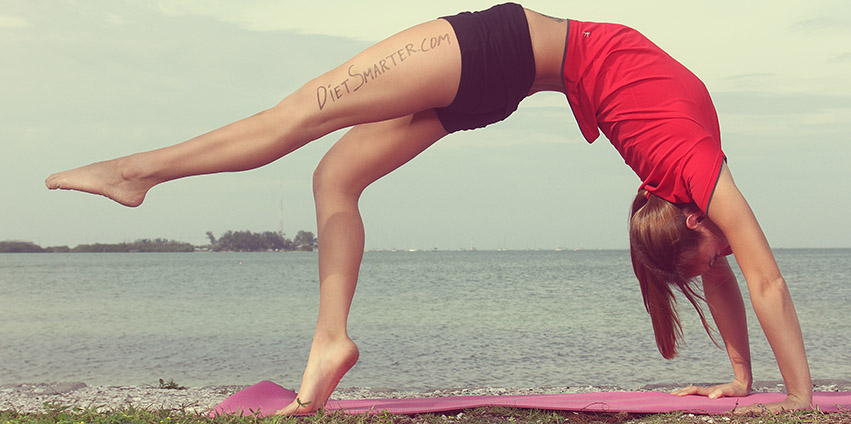
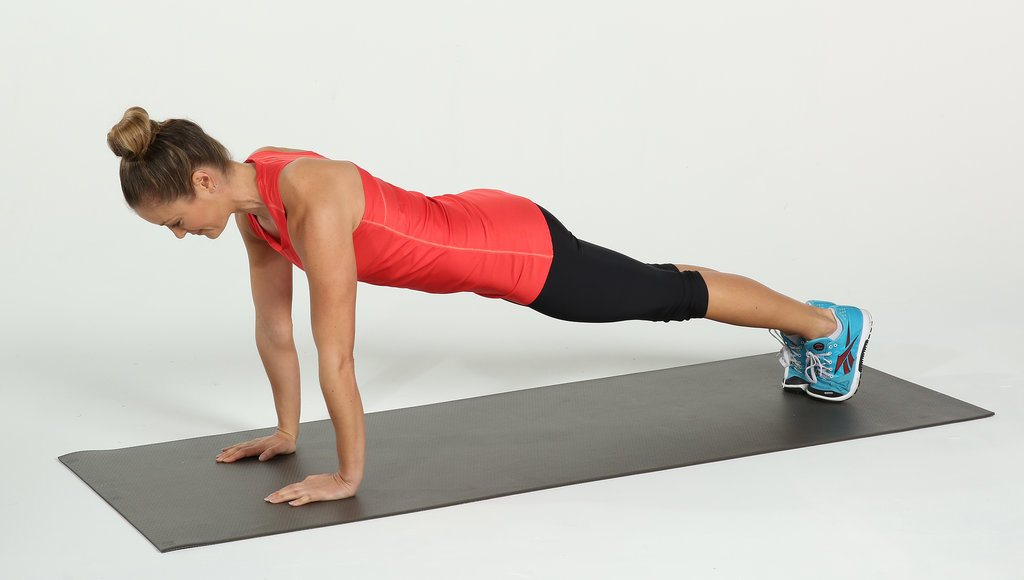
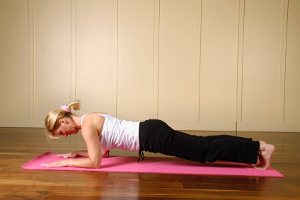
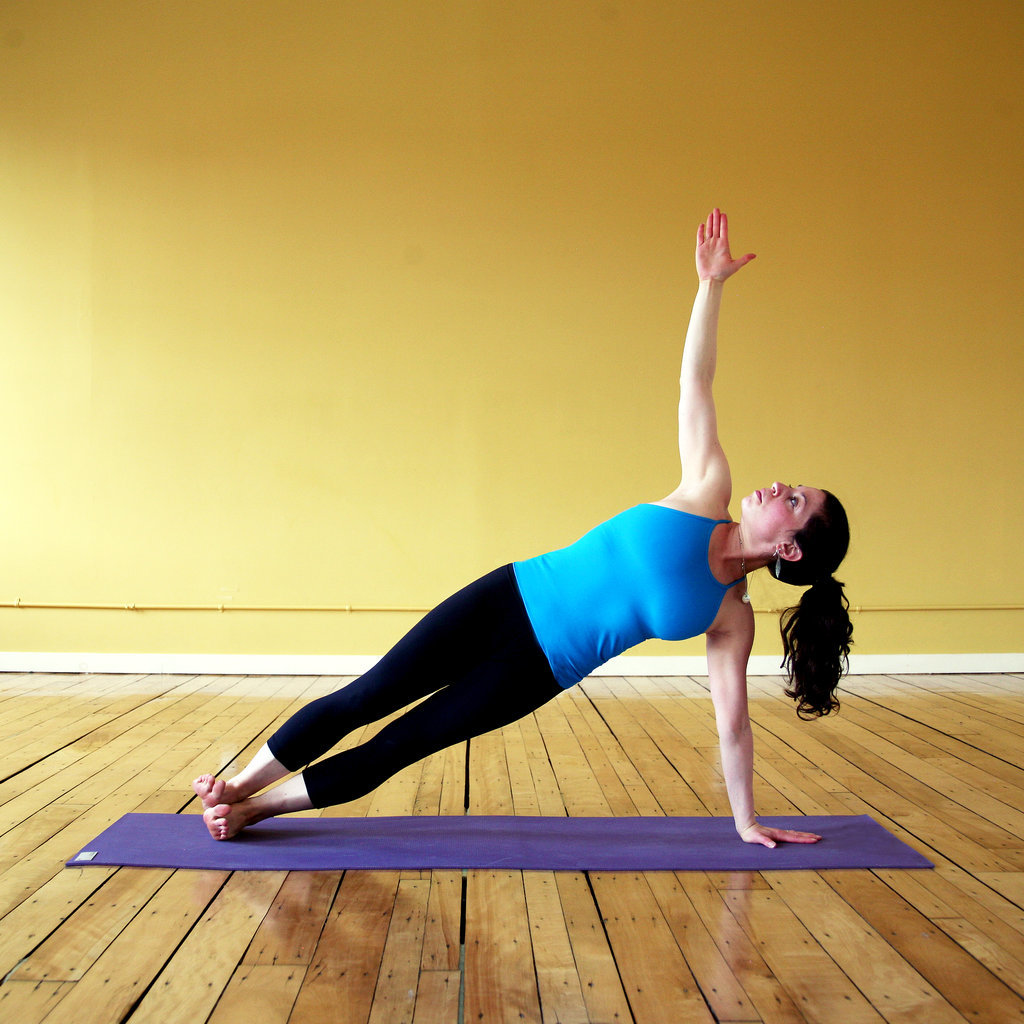
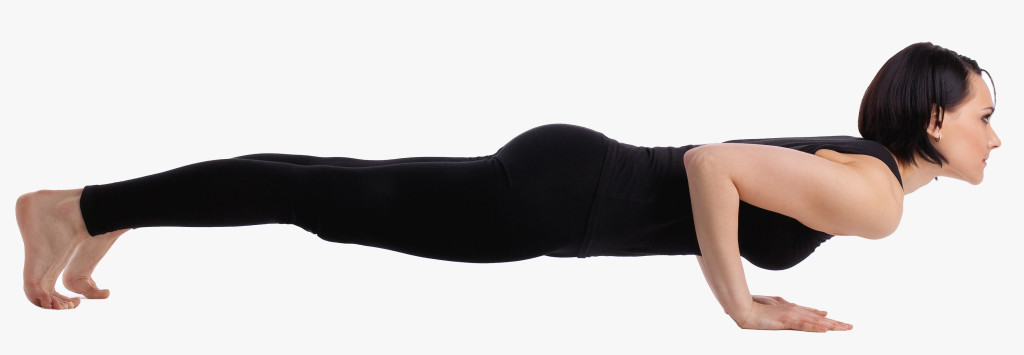
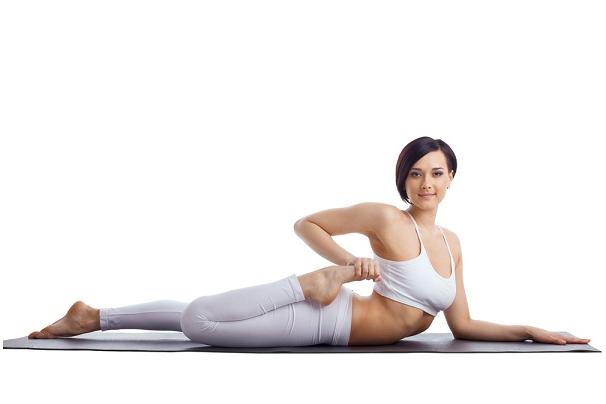
Leave a Reply
You must be logged in to post a comment.